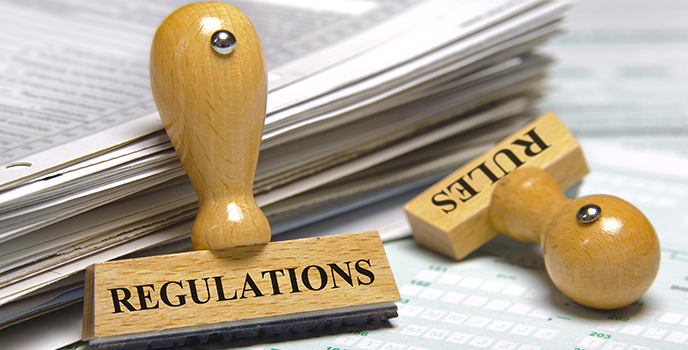EASA & FAA are two sides of the same story and because they come at this story from different directions there is naturally some confusion in Industry.
The purpose of this blog written by Steve Bentley MD of Sofema Aviation Services (www.sassofia.com) is to share and explore the challenge of informing industry as to this fundamental difference and how it affects the delivery of regulatory training.
EASA does not involve itself in any way with organisations who deliver regulatory training. Please do not confuse this process with EASA 147 approval – EASA 147 approval is only for organisations delivering either basic or type training for Part 66 licensed aircraft engineers. (it is limited and specific to the needs of the Licensed Aircraft Engineer (LAE) and does not replace the need for the organisation to manage the training & training standard if its staff.
FAA & EASA Direct versus Indirect
The FAA system is based on Direct Inspection and oversight and in addition uses the services of Designated Engineering Representatives (DER) and Designated Airworthiness Representatives (DAR)
How does FAA Direct Inspection Work ?
The system of direct inspection by the FAA requires, a significant number of inspectors who are required to conduct systematic direct inspections of the products, the maintenance work and the performance of the personnel to include organisational competence and training programs (either direct employees of the Authority or independent designees charging for their services)
Myth busters – Organisations are required to have accreditation and authorized to deliver EASA regulatory training.
Not true – there is no defined organisation approval to deliver the following training course – Human factors to comply with EASA 145.A.30, Fuel Tank Safety, and EWIS. This situation also applies to and includes many other courses which add value to the competence of the delegate whether it is related to Part 145, Part M, Part 21, Part ORO approved organisation or ATO.
So where is the EASA equivalent of FAA Direct Inspection?
There is no direct equivalent but there is in place an alternate procedure call “Indirect approval”
Organisation Approval is based on the principle of delegation whereby the various organisations are issued with an approval that allows them certain privileges
Organisation approval – The Authority delegates to each member state or in the case of third country it audits directly the organisations (manufacturers, operators, maintenance centres, training centres) and to sample by audit & Inspection the organisations quality system and processes.
Areas reviewed include surveillance of the business areas managed by the organisation in compliance with the approval which is held including the competence of the personnel nominated within each organisation.
What Does this mean for EASA approved Organisations who require regulatory training for there employees?
EASA recognizes and understands that ultimately the organisation must assume responsibility for the standard of training, means that the obligation is on the organisation to manage its competence related processes which includes organisational evaluation and approval of training standard and delivery.
The organisation should itself start with a training objective, then to measure this against the product offered (gap analysis) – finally to assess the delivery process for instructional competency – this is the EASA process.
Who are SAS ?
Sofema Aviation Services (SAS) has delivered regulatory training to more than 10,000 delegates since we started in 2008, this number continues to grow. As a core business activity it is incumbent on SAS to ensure that we remain fully compliant and for this reason each and every courses is verified prior to deliver to ensure it is compliant with the latest EASA changes.
SAS welcomes audits from regulatory authorities and companies to measure the quality & effectiveness of our training product. In fact it is for this reason the SAS provides access to the material to allow the Quality Manager or Training Manager to make an assessment of the content of the material prior to any commitments being made.
For addition information please visit www.sassofia.com or office@sassofia.com




